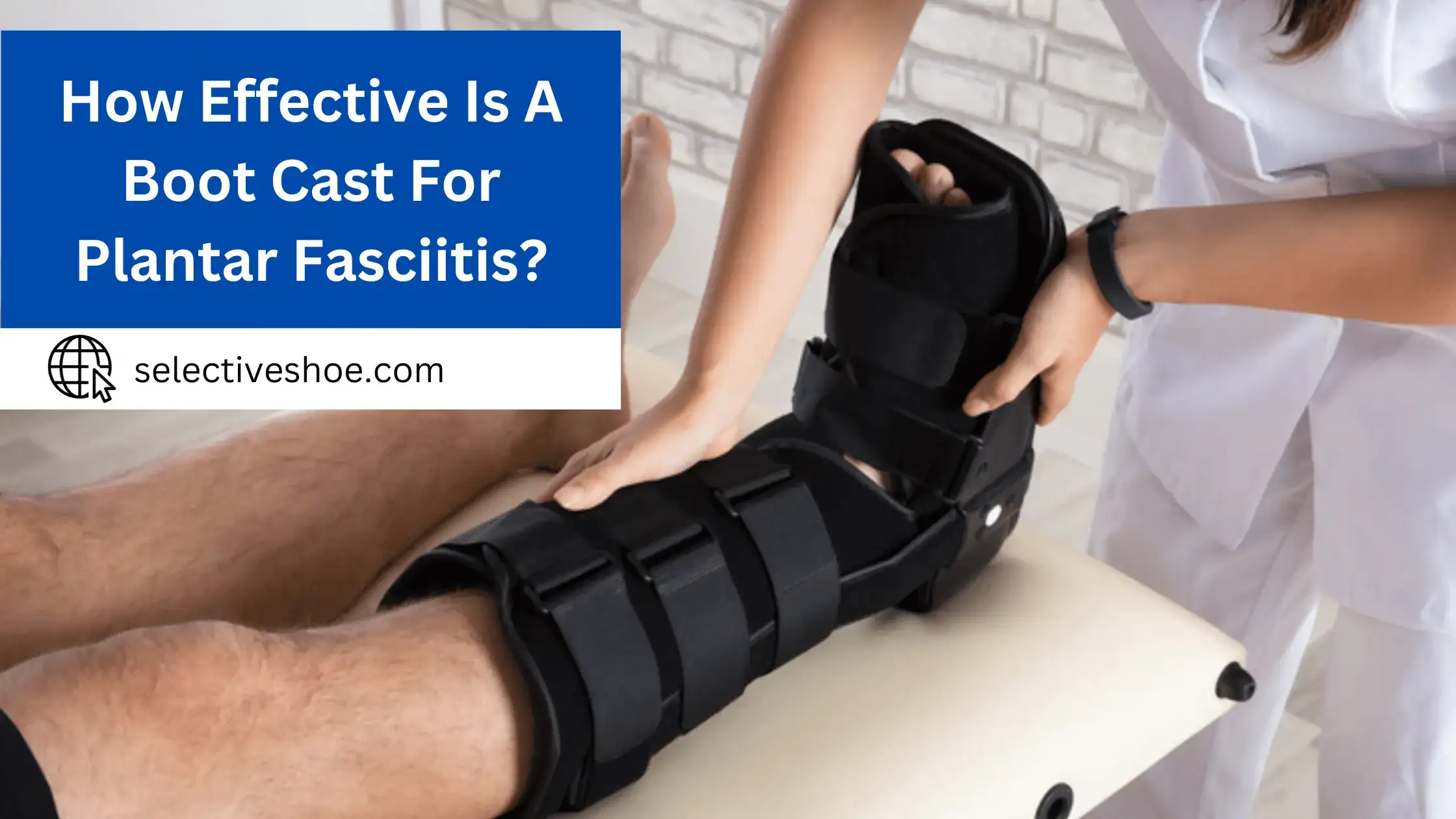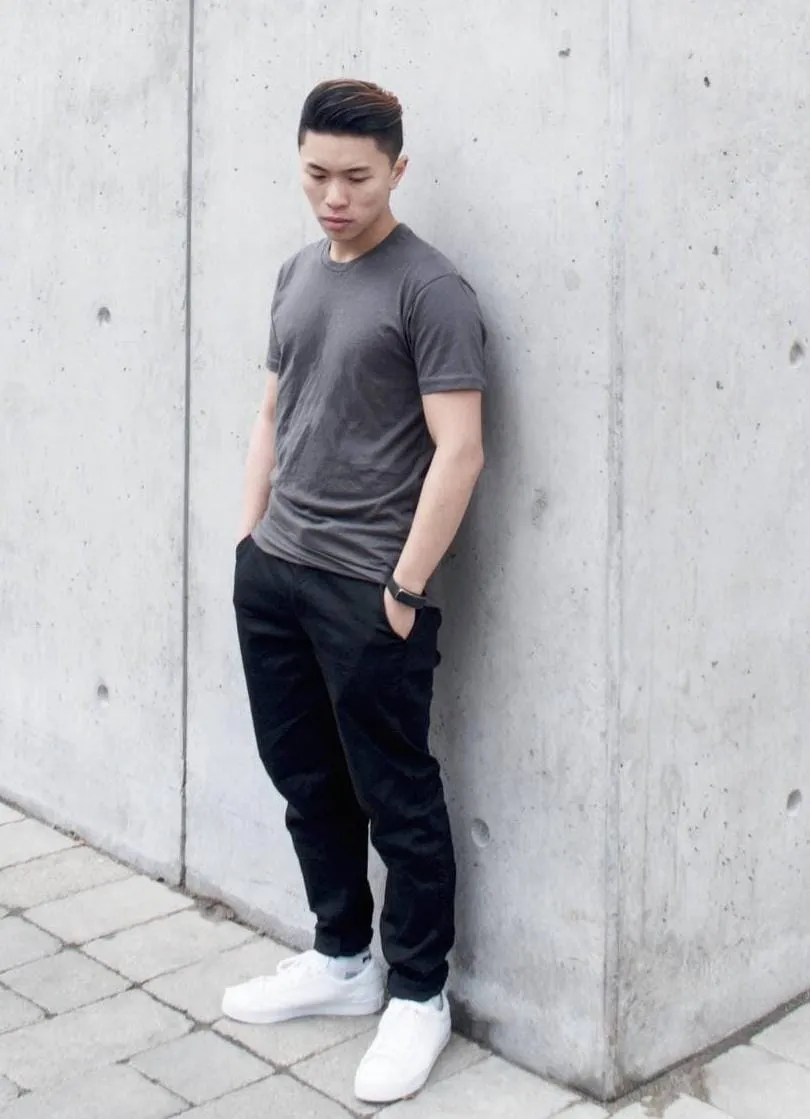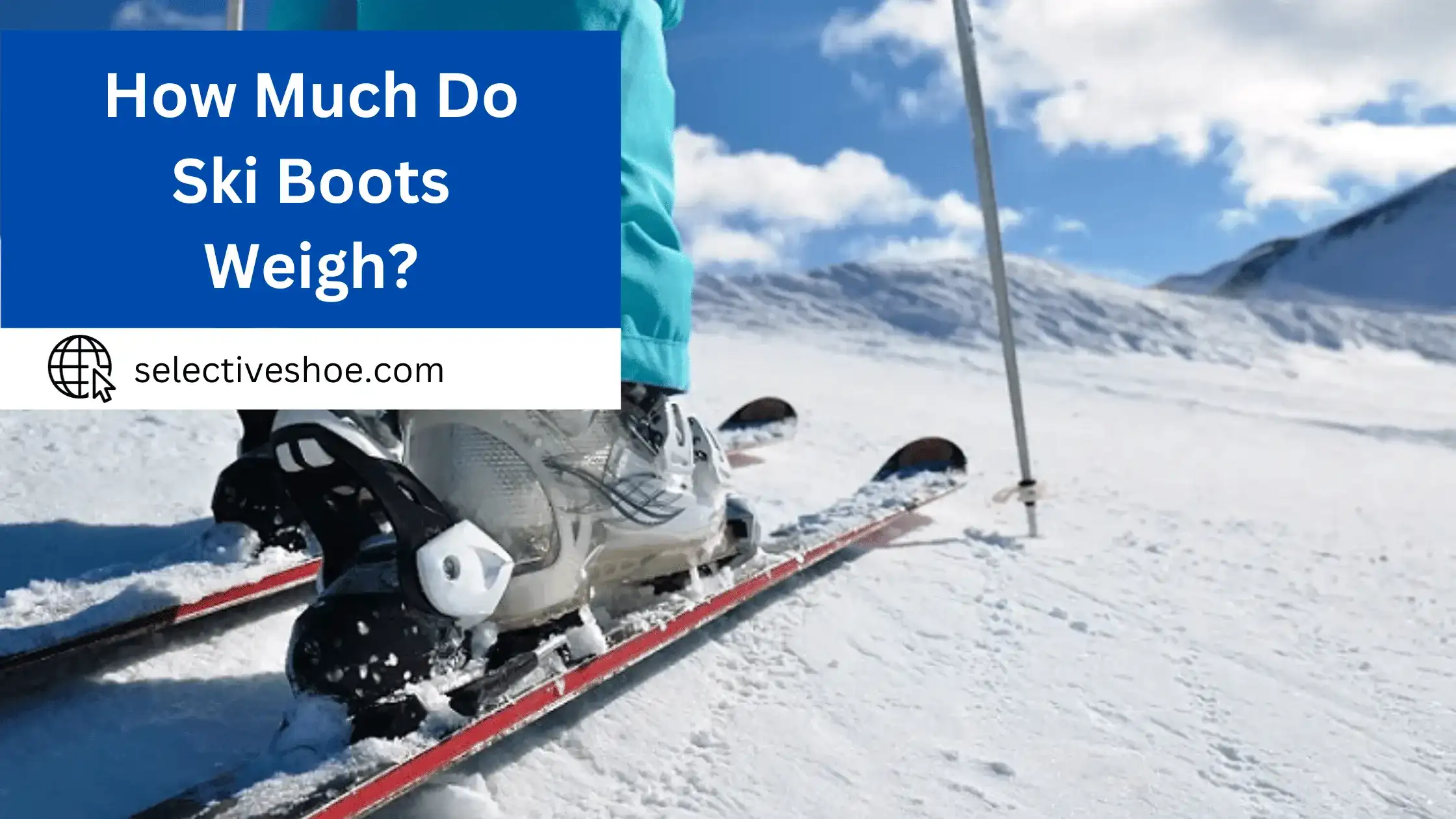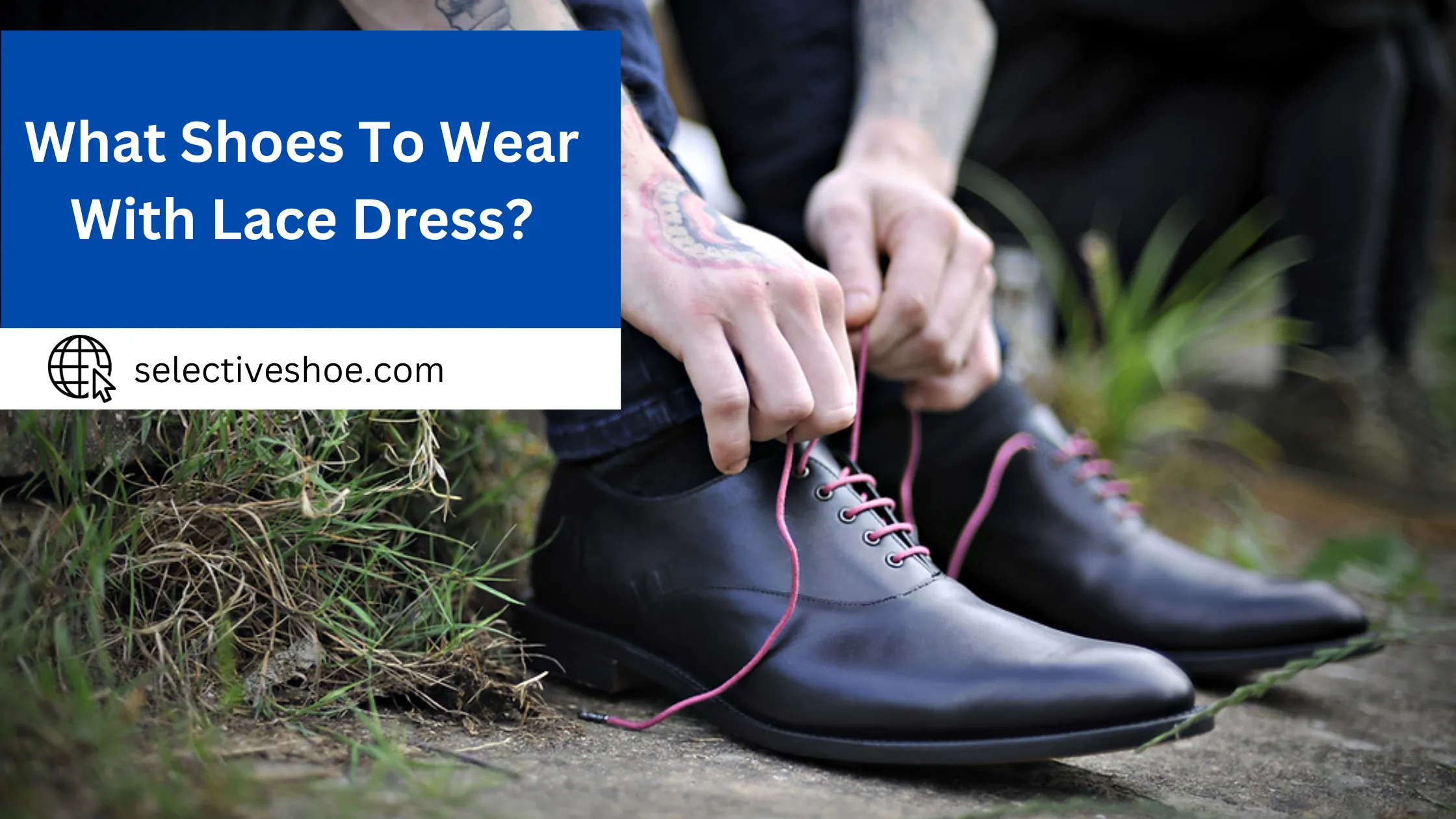When it comes to plantar fasciitis, I know firsthand just how much pain and frustration it can cause. Last year, after months of constant physical therapy and many different splinting techniques proved fruitless in terms of providing lasting relief for my condition, a friend finally suggested trying out a boot cast. At first, I was skeptical, but as the weeks went on and the immediate pain began to subside, I realized that maybe there was something special about this particular treatment.
We’ll look at exactly what makes the boot cast so effective for those suffering from plantar fasciitis and other forms of heel pain, discussing everything from its ability to reduce inflammation to its surprisingly simple design features. Let’s dig into why this is an invaluable remedy for those with chronic heel discomfort.
Benefits Of Using A Boot Cast For Plantar Fasciitis:
I’ll share my professional knowledge and personal experience to shed light on how a boot cast can be beneficial in managing and recovering from plantar fasciitis.
Immobilization For Healing:
The primary benefit of a boot cast is that it immobilizes the foot. This reduction in movement allowed the inflamed plantar fascia to rest and heal, which was crucial in my recovery process.
Pain Relief:
By limiting foot movement and providing support, the boot cast significantly reduces pain. I found this especially helpful during the first few weeks of treatment when the pain was at its peak.
Even Distribution Of Pressure:
The design of the boot cast helps distribute body weight evenly across the foot, reducing pressure on the heel and arch. This was key in alleviating my pain during weight-bearing activities.
Prevention Of Further Strain:
By wearing the boot cast, I avoided further straining the plantar fascia during daily activities. This prevention of additional injury is vital for recovery.
Structured Support:
The rigid structure of the boot cast provided consistent support to my arch, which is essential for healing the plantar fascia. This consistent support was something I couldn’t achieve with regular footwear or even orthotic inserts.
In my experience, using a boot cast was incredibly helpful in managing my plantar fasciitis symptoms. I reduced my pain and swelling, and the immobilization allowed my plantar fascia to heal faster. If you’re dealing with plantar fasciitis, I highly recommend trying a boot cast.
Potential Drawbacks Of Using A Boot Cast For Plantar Fasciitis:
I can relate to the struggle to relieve the constant foot pain. One potential solution recommended to me and many others is a boot cast. While it may seem like a simple solution to alleviate the pain. Before using a boot cast for plantar fasciitis, some potential drawbacks should be considered.
Mobility Issues:
The most immediate challenge I faced was reduced mobility. The bulk and rigidity of the boot cast made it difficult to perform daily activities and navigate specific environments.
Discomfort And Inconvenience:
Wearing a boot cast continuously can be uncomfortable, especially during sleep. It’s bulky and rigid and can disrupt normal sleeping patterns, which I experienced firsthand.
Muscle Weakness:
Prolonged use of the boot cast can lead to muscle weakness or atrophy in the lower leg due to reduced use of these muscles. This was a concern I had for myself and my patients, emphasizing the importance of balanced treatment approaches.
Dependence And Overuse:
There’s a risk of becoming overly dependent on the boot cast for comfort. I noticed a reluctance to wean off the boot as the pain subsided, which could potentially delay the rehabilitation process.
Impact On Other Joints:
The altered gait from wearing a boot cast can put additional strain on the knees, hips, and lower back. I experienced slight knee discomfort, which highlighted this issue.
Skin Irritation:
Extended wear can lead to skin irritation or breakdown, especially in warmer climates or among individuals with sensitive skin.
The benefits of using a boot cast for a short period outweighed these drawbacks, but it was a delicate balance. I combined the use of the boot with physical therapy exercises and gradually reduced reliance on the boot as my condition improved.
Alternative Treatment Options For Plantar Fasciitis:
As someone who has dealt with this condition in the past, I understand how painful and frustrating it can be. The good news is that several alternative treatments are available that can provide relief. Let me take you through some of my tried-and-tested methods!
Stretching And Strengthening Exercises:
- Stretching exercises can help improve flexibility and reduce pain caused by plantar fasciitis.
- Simple calf stretches, toe curls, and towel scrunches have been effective for me.
- Start slowly and gradually increase the intensity of the exercises over time.
Orthotic Devices:
Orthotic devices, such as arch supports or shoe inserts, can provide additional support and correct the biomechanics of my feet. These devices help me distribute pressure evenly and reduce strain on the plantar fascia.
Night Splints:
Night splints are designed to keep my foot flexed while I sleep. This helps stretch the plantar fascia and Achilles tendon, reducing morning pain and stiffness. It may take some time, but wearing a night splint can significantly improve your condition.
Ice Therapy:
Applying ice to the affected area can help reduce inflammation and alleviate pain. Use an ice pack or a frozen water bottle and gently massage the area for about 15 minutes several times daily. I Always wrap the ice pack in a cloth to protect my skin from direct contact with the ice.
ESWT (Extracorporeal Shockwave Therapy):
ESWT is a non-invasive treatment that uses shockwaves to stimulate healing in the damaged tissues. It has shown promising results in reducing pain and improving function in chronic plantar fasciitis. Consult with a healthcare professional before considering this treatment option.
When I was diagnosed with plantar fasciitis, I initially relied on rest, ice, and over-the-counter pain relievers. Incorporating stretching exercises into my daily routine and using orthotic inserts made a significant difference.
Conclusion:
A boot cast can be an effective way to deal with plantar fasciitis. It will provide your feet and ankles with the support they need to heal properly and reduce the chances of further injury. After using a splint for several weeks, I found wearing a boot cast helped immensely with reducing pain and increasing mobility in my feet as I could exercise more freely. Whether you opt for a boot cast or not, ensure you have a healthcare plan that works best for your situation. Taking the proper preventative steps now can make all the difference!







